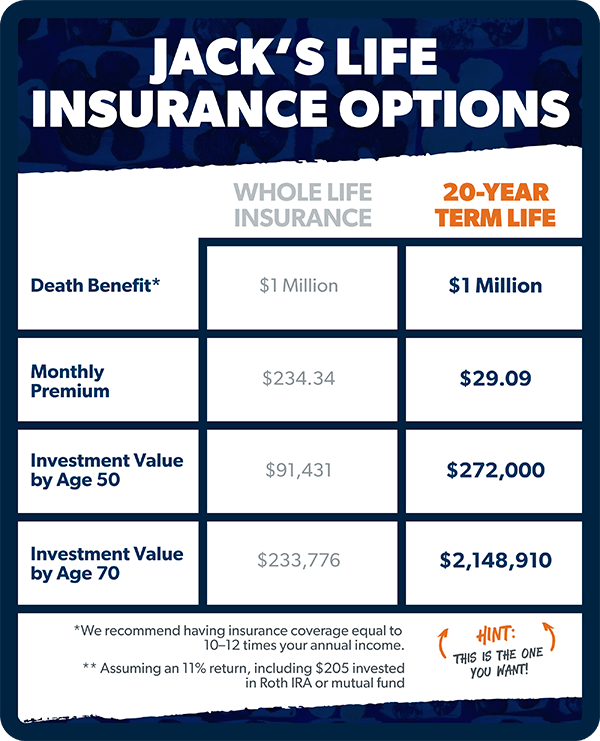6 Smart Ways to Use Your Life Insurance Cash Value
1. Emergency Fund Access: Borrow against your cash value for unexpected expenses without credit checks or lengthy approval processes.
2. Retirement Income Supplement: Use policy loans or withdrawals to supplement retirement income while maintaining death benefit protection.
3. Education Funding: Access cash value to pay for children's college expenses or continuing education costs.
4. Business Investment: Leverage cash value for business opportunities, equipment purchases, or working capital needs.
5. Real Estate Down Payment: Use accumulated cash value as a down payment for investment properties or home purchases.
6. Premium Payment: Pay future premiums using cash value, reducing out-of-pocket expenses while maintaining coverage.


:max_bytes(150000):strip_icc()/cash-value-life-insurance.asp-final-642f8f39dafe49b9bed6310edb61d726.jpg)
